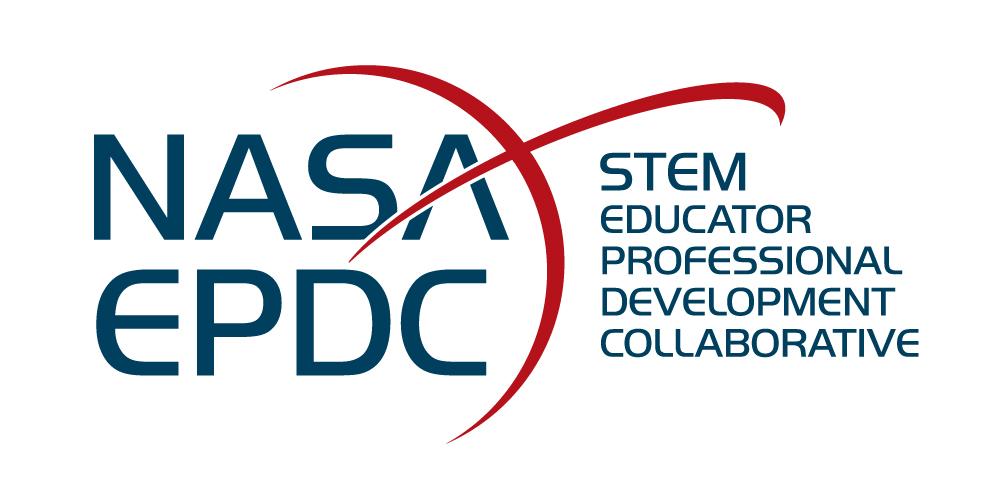
Join the NASA STEM Educator Professional Development Collaborative at Texas State University for free 60-minute webinars.
Webinar 1:
With NASA's Beginning Engineering, Science and Technology (BEST) “Atomic Clock Activity Guide,” participants will explore the engineering design process to demonstrate the importance of calibration of clocks. Participants will learn how to create a gradation system for a simple clock. Teaching connections will be made to real-world applications and NASA missions. Online registration is required.
Explore Solar System and Beyond: Deep Space Atomic Clock
Audience: Educators of Grades K-12
Event Date: Oct. 2 at 5:30 p.m.
Contact: barbie.buckner@nasa.gov
https://www.eiseverywhere.com/ehome/index.php?eventid=366083&
Webinar 2:
As NASA expands human exploration by visiting the Moon and then Mars, deep space exploration will require innovations in transportation that include the Space Launch System, Orion and Ground Launch Systems. Activity emphasis will be on the “Engineering is Out of This World” activity resources. The activities discussed in this webinar address the Next Generation Science Standards ETS1. Online registration is required.
Moon to Mars Deep Space Exploration: Space Launch System Engineering Is Out of This World
Audience: Educators of Grades 2-4
Event Date: Oct. 4 at 5:30 p.m.
Contact: john.f.weis@nasa.gov
https://www.eiseverywhere.com/ehome/index.php?eventid=365890&
Webinar 3:
Engaging Students in STEM Problem Solving: Exploring Ice in the Solar System
Audience: Educators of Grades 4-10
Event Date: Oct. 11 at 4 p.m.
Contact: susan.m.kohler@nasa.gov
Join the NASA STEM Educator Professional Development Collaborative at Texas State University for a free 60-minute webinar. Explore the 12 NASA teaching guides related to water and ice in our solar system. The STEM problem-solving lesson plans invite students to inquire about phase changes, properties of water, ice core samples, the structure of ice and comparisons with snow. Acting out science is included in each module. Online registration is required